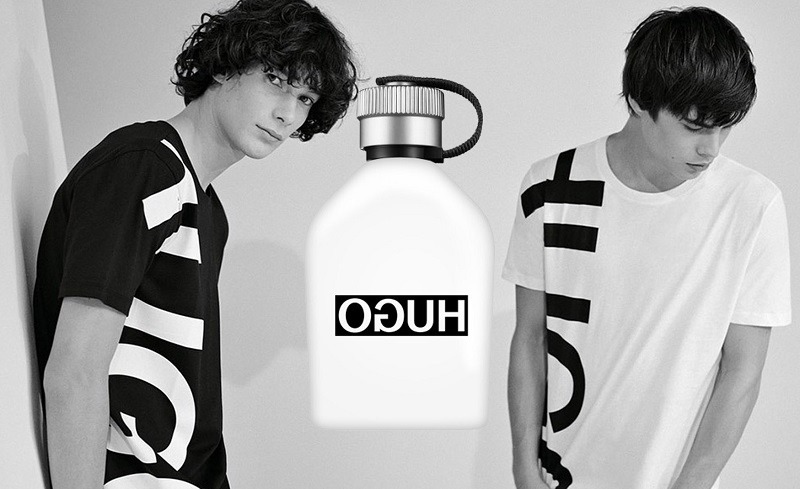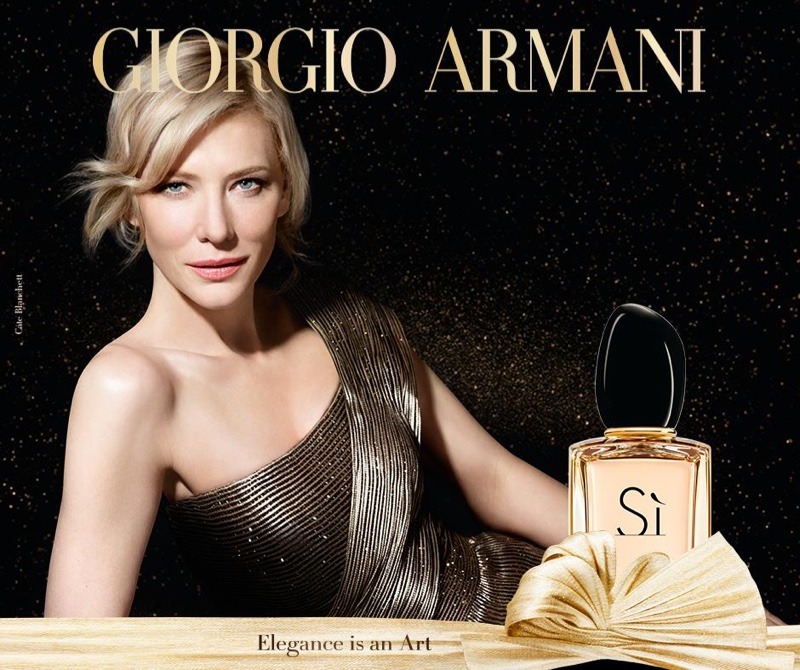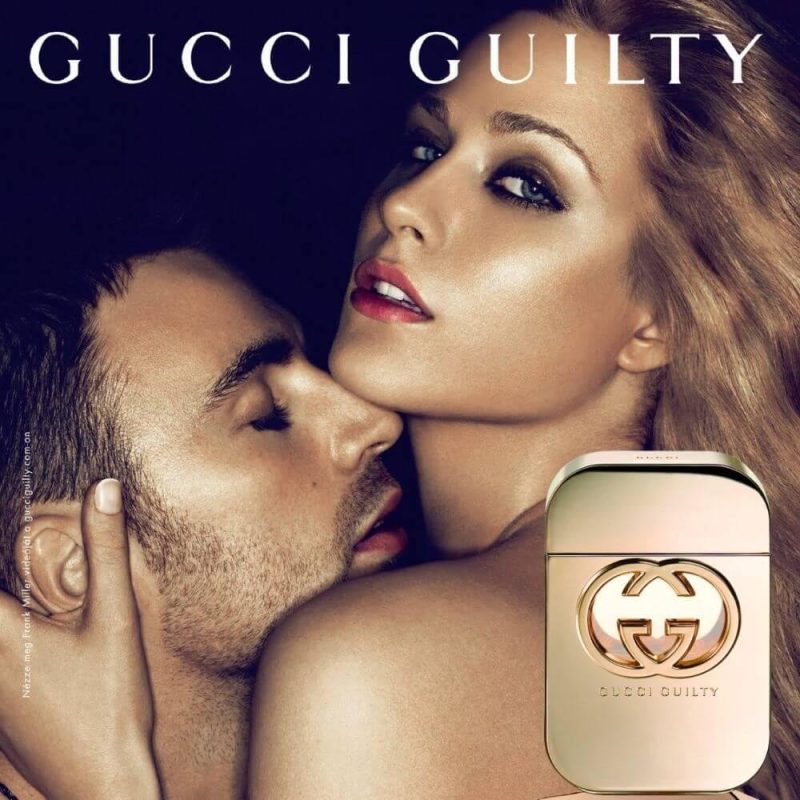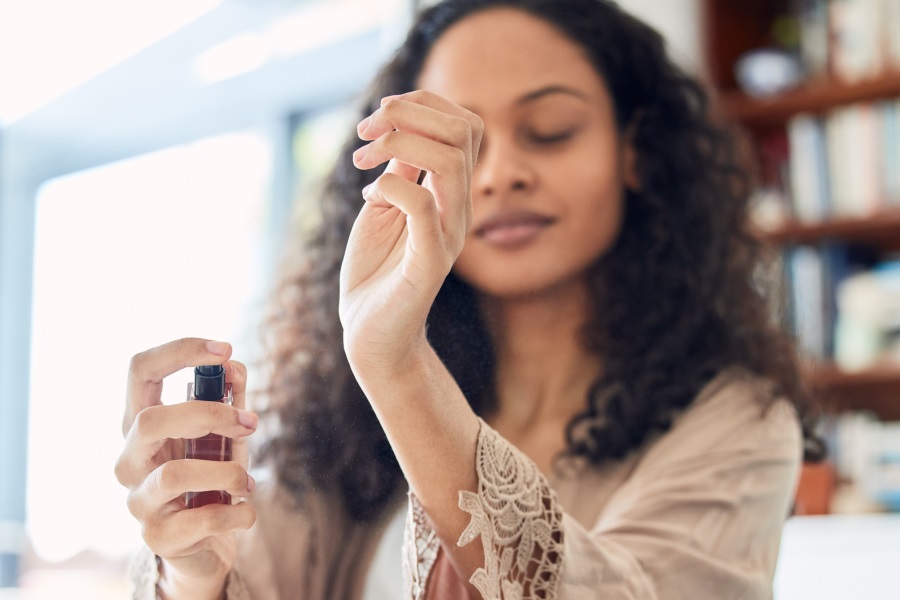Women’s perfume is a scented liquid usually applied to the skin to improve a woman’s personal scent. It is a mixture of aromatic substances, oils, and solvents designed to give a pleasant, unique smell. The association between women’s perfume and femininity is common. Most perfume users associate female perfume with light floral and fruity notes.
This article will take readers on an enigmatic journey into the secrets of a woman’s fragrance, and asked ourselves – what is women’s perfume? – where we unveil its hidden history, chemical components, profound power and the ineffable charm it holds for both the wearers and its admirers.
Perfume, with its enchanting spell, is deeply rooted in human history and defies time and culture to form a striking, fragrant canvas woven by tradition and innovation.

Key Takeaway
- Ancient Origins: Women’s use of perfume goes back to ancient times when women in Egypt and Mesopotamia valued it for its sacred and attractive qualities.
- Renaissance Influence: The Renaissance period in Italy revived perfumery practice, which accented scents as portrayals of class and style.
- Modern Perfumery Revolution: The 18th-19th century marks the beginning of contemporary perfumery techniques that involve complex blends, some legendary today like Chanel No.5.
- Gender Distinctions: Women’s perfumes are rather floral and fruity, and men’s perfumes are woody and spicy, expressing male and female world perceptions.
- Inclusive Trends: Modern perfume trends introduce so-called unisex options that go beyond traditional gender roles, making them applicable to any feel and personality.
Ancient Beginnings of women’s perfume:

Our odyssey through ancient times starts with the civilisations of Egypt, Mesopotamia, and the Indus Valley, which greatly valued aromatic resins, herbs, and flowers for their sacred and curative purposes.
Egyptian women would anoint themselves with oil and ointments, including myrrh and frankincense, which were offerings to the gods and helped make them more attractive. The use of oils perfumed in other rituals, such as the worship of gods and burials, was also to achieve the journey to the afterlife.
Perfume for Women – Perfume in Antiquity:
Perfumery art gained impetus even in ancient Greece and Roman civilisations, where skilled artisans refined the techniques for extracting scented essences from herbs.
Women of high social standing anointed themselves with scented oils, balms, and powders as a critical element of their beauty routine. Scents became a symbol of luxury and class, with remote lands as the source of rare, exquisite ingredients.
The Fragrant Renaissance:
The Renaissance era saw the rebirth of intrigue in perfumery, with Italy being the cradle of fragrance creativity and improvement. Female Renaissance personalities dressed in perfumed gloves, pomanders and sachets endowed their lives with a sound symphony of flowers, herbs and citrus. The perfume became a fashionable accessory, implying luxury and good taste.
The Birth of Modern Perfumery:
The innovation in perfumery in the 17th and 18th centuries is exemplified by the emergence of some of the most prominent fragrance houses in history, such as Guerlain, Chanel, and Coty.
The compositions of women’s perfumes ranged from simple florals to complex blends of natural and synthetic ingredients, which exhibited perfumers’ art. Scented perfumes like Chanel No. 5 revolutionised the industry by improving the impact profiles connected with the senses.
The Modern Era:
During the twentieth and twenty-first centuries, women’s perfume also changed, and it shows the evolution of trends, tastes, and cultural influences.
Intoxicating marketing campaigns display the diversity of femininity, as fine perfumes go from delicate rose to bold oriental to suit the multiple worlds of modern women. Perfumes possess the ability to self-express; women can craft their fragrance marks and discover their exclusive attractiveness.

What makes a woman’s perfume different from a male perfume?
Decoding the Dichotomy: The Navigation of the Differences in Women’s and Men’s Perfume. Perfume, the enticing combination of different fragrances, crosses gender boundaries, leaving deep impressions in people’s minds.
Meanwhile, the perfume classes were divided by categories, e.g., women’s perfume and men’s perfume. Through this writing, we will uncover the subtleties that distinguish female perfume from the male version, considering the aspects that shape a fragrance, marketing, and public opinion.
Fragrance Composition:
The fragrance of women’s perfumes frequently consists of floral, fruit, and sweet overtones, implying attributes such as femininity, refinement, and sensuality. Classical floral bases include jasmine, rose, and lily, while sometimes the fragrance of bergamot or peach is expressed as fruity notes.
In contrast, men’s perfume incorporates woody, spicy, and aromatic elements, exuding masculinity, strength, and sophistication. Famous notes in men’s fragrances include cedarwood, vetiver, and patchouli, complemented by spicy accents like black pepper and cardamom.
Marketing and Packaging:
Women’s perfume packaging frequently evokes the feminine nature, represented by refined bottles decorated with chic curves, floral patterns and sweet colours. Perfume marketing activities can bring themes about romance, seduction, and power forward that mainly address women looking for fragrances that express the femininity of womanhood.
However, the trend for men’s fragrance packaging is much different. It implies the air of masculinity and sophistication exuded through the angular bottles adorned with metallic accents or large typography. Marketing of men’s perfumes typically concentrates on attributes like confidence, success and adventurousness, which suits the modern-day man’s taste for sophistication and savour.
Societal Perceptions:
Social mores and cultural perceptions play a significant part in building the distinction between women’s and men’s perfumes. While an individual’s preference for fragrance is typically subjective and personal, the influence of societal expectations may lead to the perception of gender norms even when selecting fragrances.
Nonetheless, the perception of gendered fragrances is being reexamined in the current time as the idea of inclusivity and fluidity is given more emphasis. Unisex or gender-neutral fragrances allow people to be unbound by traditional gender binaries, thus experiencing various diverse smell emotions that go beyond societal gender barriers.
In the “women’s and men’s” perfumes, there is a visible distinction in scent profiles, packaging aesthetics, and marketing stories that show societal opinions about female and male gender roles.
Nevertheless, both intentionally and unconsciously, women and men identify with specific scents that extend beyond stereotypes. As the perfume industry with fashion keeps changing, it includes no boundaries between women’s and men’s perfume, and people can create their own olfactory brands without limits.

